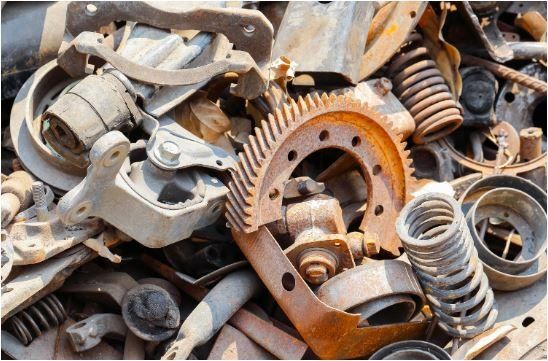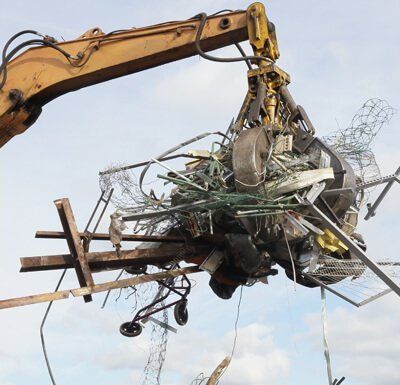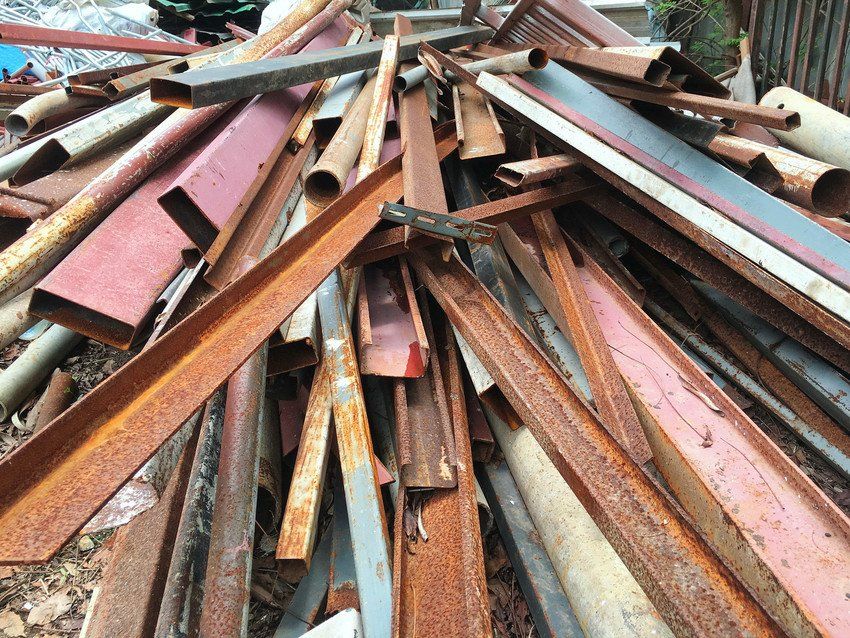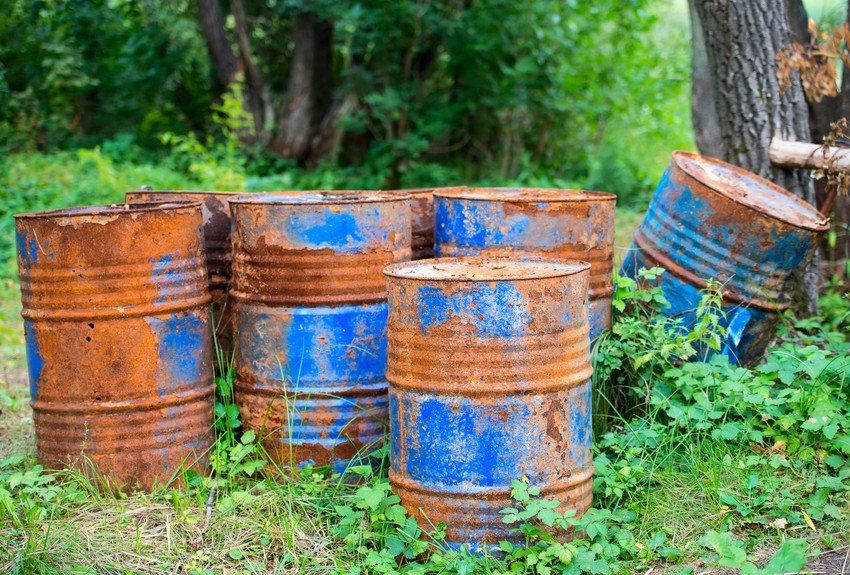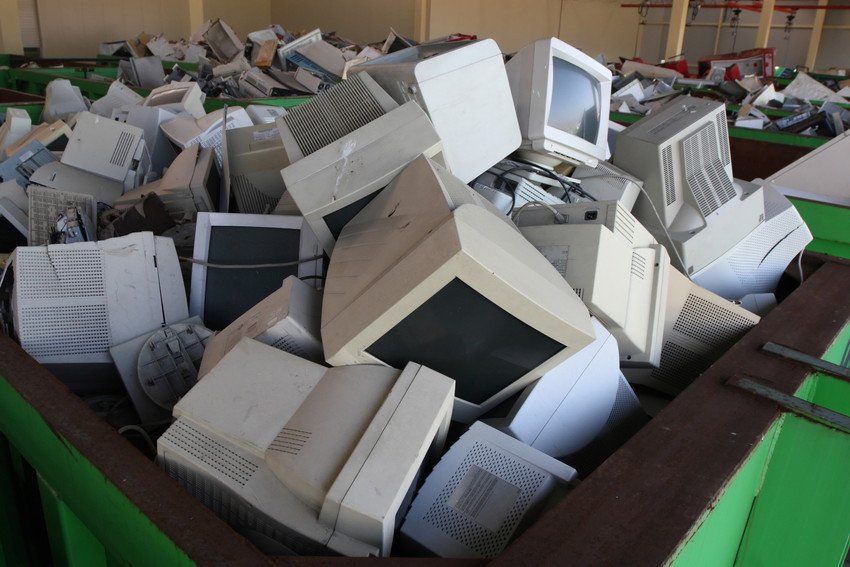Why is Asbestos so Dangerous During Demolition Work?
Asbestos is a naturally occurring fibrous silicate mineral that was widely used in construction and other industries until the late 1990s. It can be found in buildings used for insulation, flooring, roofing and was sprayed on ceilings and walls. Although it is now banned in the UK, buildings constructed before the year 2000 may still have asbestos in them. This means that when buildings need to be demolished, it can expose this dangerous fibre, making the process potentially harmful.
When asbestos is most dangerous
As an extremely dangerous material, asbestos needs to be handled with care by trained professionals. It is most dangerous when its fibres get into the air and breathed into the lungs. Once they enter the lungs, they are nearly impossible to remove and cause damage over a number of years. If a building that contains asbestos is demolished without adequate checks to confirm the material is present, it can lead to fibres getting into the air and causing harm to those working on site.
How to plan for demolition
If you require demolition of any buildings built before the year 2000, it’s important that you plan carefully. Buildings will likely have asbestos reports that show the location and condition of any asbestos - if there is any present. However, you cannot assume that these reports are accurate as the condition of asbestos can deteriorate and this can lead to challenges during the demolition work.
Whoever is carrying out the demolition has a duty of care to all workers on the site to ensure they are protected against exposure to asbestos. During the demolition, it’s important to continually test the air for fibres to check the site is safe.
Refurbishment and demolition surveys
If you are carrying out any refurbishment or demolition on your property, it’s vital to have a refurbishment and demolition survey carried out. This survey will utilise destructive and intrusive methods to establish how much asbestos is in the building fabric and how dangerous it is. It will assess hard to reach areas like roof voids, interiors, solid floors and undercrofts. If the survey finds asbestos to be present, you will need to take extra steps before the demolition work begins. This includes applying full asbestos safety precautions and getting the right contractors that know how to deal with asbestos. Depending on the materials and type of work being carried out, you may need to use an HSE-licensed contractor. The job may only require a contractor who is trained to deal with asbestos.
Are you looking for fully licensed demolition specialists in Wales?
Broughshire Waste Metals are trained to handle asbestos demolitions as well as pollution monitoring, asset stripping, floor by floor demolition as well as a range of other jobs. For more information,
visit our website.
